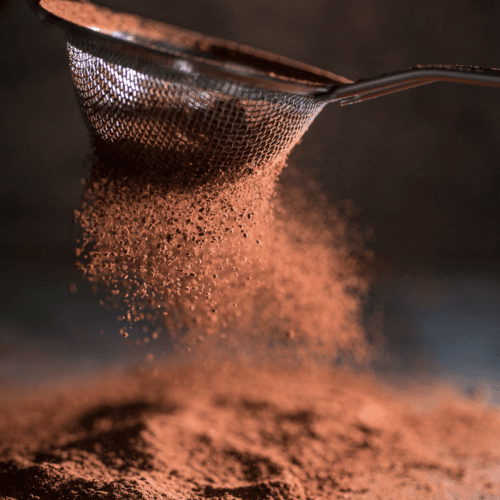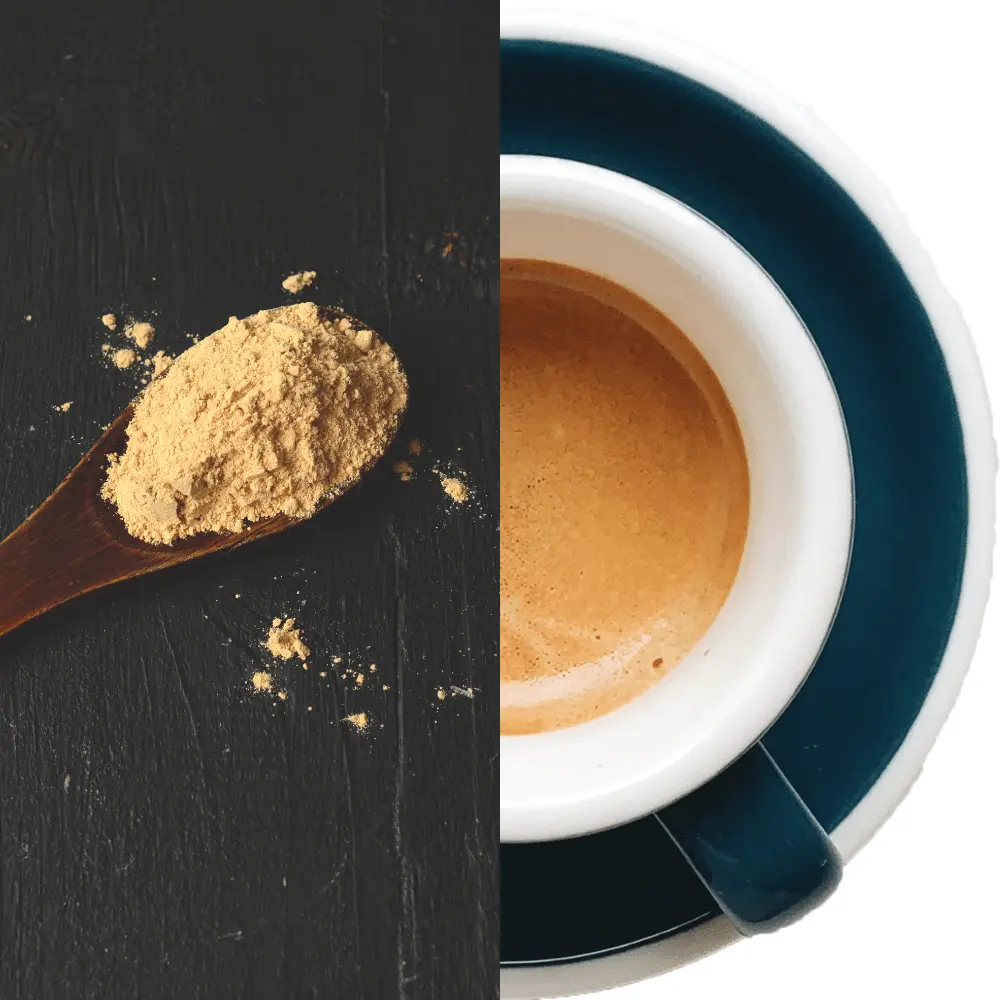Coffee flour has rapidly gained popularity in the food industry due to its unique flavor and its numerous health benefits. This ingredient is made from the fruit of the coffee plant and has become an excellent option for people looking for new and exciting ingredients. However, this unique ingredient still remains a mystery for many individuals, who have no clue about its characteristics, benefits, or how to utilize it in their cooking. If you belong to this category of individuals, then fear not, as we’ve got you covered in this ultimate guide. In this comprehensive guide, we will delve deep into everything you need to know about this type of flour, from its historical roots and nutritional value to its versatile culinary applications and remarkable sustainability benefits.
So, whether you are a food connoisseur or just curious about new ingredients, buckle up and join us on this adventure as we unearth the many wonders of this distinctive ingredient, and discover how it can transform your cooking experience.
What is Coffee Flour?
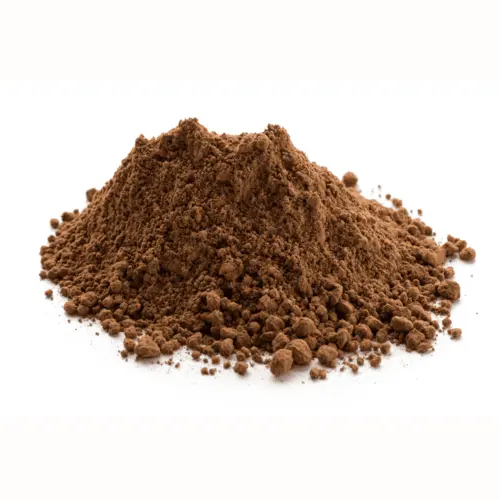
This distinctive and innovative constituent has been gaining popularity in recent years. It is produced from the fruit of the coffee plant and is not only mouth-watering but also endows numerous health benefits. In this section, we will scrutinize the elucidation, chronicle, fabrication process, and nutritive value of this flour.
What Does It Taste Like?
Coffee flour boasts a unique flavor profile that distinguishes it from traditional flour and other alternative flours. Its flavor can be described as nutty, mildly bitter, and with a hint of chocolate. The particular flavor and aroma of this special component can vary based on the coffee variety used to create it.
When incorporated into baking and cooking, this flour can infuse dishes with a rich flavor. It pairs well with chocolate, vanilla, and other warming spices like cinnamon and nutmeg. It can be used to prepare cakes, cookies, muffins, bread, and even savory dishes like soups and stews.
It’s crucial to note that although this constituent has a unique flavor, it is not overpowering. In moderation, it can provide a subtle and enjoyable flavor to dishes without being excessively strong or bitter. If you’re hesitant to experiment with coffee flour, commence by using a small amount in your recipes and gradually increase the amount as desired.
In conclusion, the flavor of this ingredient is a noteworthy aspect that sets it apart from other flours. Its nutty and slightly bitter taste, complemented with a hint of chocolate, can add depth to dishes and elevate their flavor.
Does Coffee Flour Contain Caffeine?
As the topic of coffee flour surfaces, it’s natural to ponder whether it contains caffeine, an ever-present compound in the world of coffee. A fascinating yet complicated inquiry that requires a thorough investigation. The answer to this inquiry is affirmative, this flour does possess caffeine. However, the degree of caffeine is not constant and can fluctuate based on multiple factors, such as the brand and type of coffee employed in the process.
According to sources, one tablespoon of the flour holds approximately 12 milligrams of caffeine, which pales in comparison to a standard cup of coffee. For the sake of comparison, an 8-ounce cup of coffee contains anywhere from 70 to 140 milligrams of caffeine, varying on the method of brewing and the coffee variety utilized.
While the caffeine content in this flour is relatively low, it is wise to note it down if you are caffeine-sensitive or aiming to limit your caffeine intake. However, the modest dose of caffeine in this particular ingredient can offer advantages such as enhanced alertness and an upswing in the mood department.
To sum it up, if you’re looking to curtail your caffeine intake, it’s imperative to evaluate the amount of this ingredient used in your recipes. But, it’s equally vital to mention that its caffeine content is not typically a cause for concern, and can provide certain benefits in moderation.
Definition and History of Coffee Flour
Coffee flour, a fine powder derived from the pulp and skin of coffee cherries that are commonly disposed of during coffee production, is the subject of our scrutiny. The idea of using coffee cherry byproducts to produce flour dates back to the early 2000s, but the initial foray into the market was not until 2013 by a company called Coffee Flour™. Currently, this remarkable component is utilized by chefs, bakers, and food manufacturers around the globe as a pioneering and sustainable ingredient.
How is Coffee Flour Made?
Coffee flour, an innovative and sustainable ingredient, has gained popularity in recent years due to its unique flavor. This article aims to explore the process behind coffee flour production. (1)
Harvesting
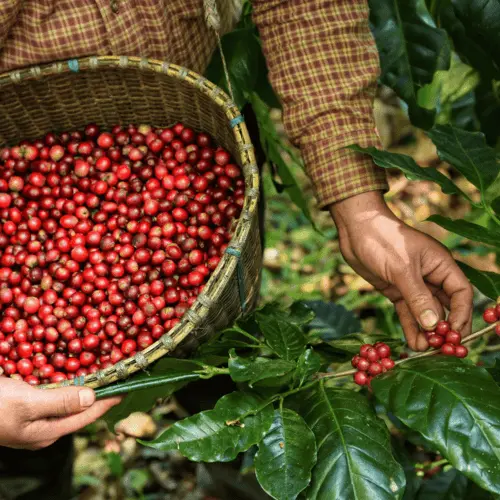
The journey of coffee flour commences with the collection of pulp and skin from coffee cherries, usually discarded during coffee production. The harvested coffee cherries are sorted by size and ripeness, initiating the separation process.
Separating
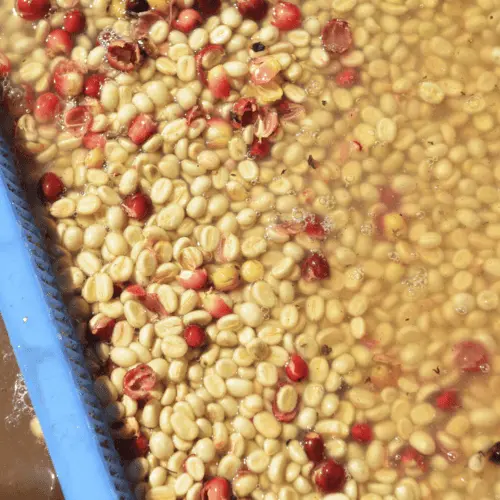
The separation process for coffee flour production encompasses the meticulous processing of coffee cherries to remove the beans, thus leaving the pulp and skin behind. The pulp and skin undergo a thorough cleaning process, imperative in producing a top-quality product, to eliminate any dirt or debris present.
Drying
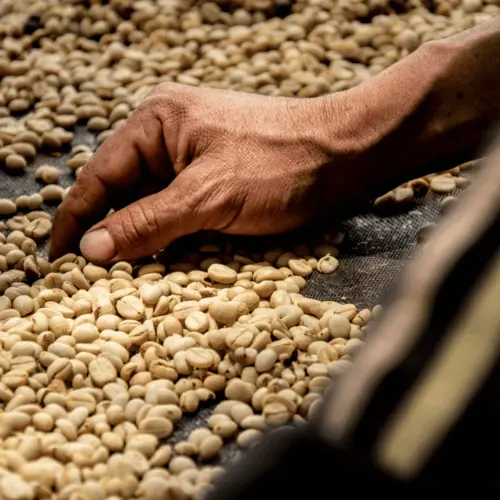
Next up, the drying process begins, which can be accomplished through various methods such as sun-drying, mechanical drying, or dehydration. Drying the pulp and skin is a vital stage as it sets the foundation for the next step – milling.
Milling
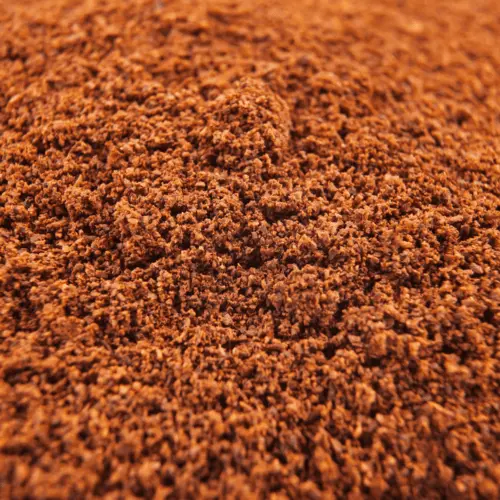
Milling, a critical and technical stage, requires specialized equipment such as a hammer mill to grind the dried pulp and skin into a fine powder. This process may take some time and skill to obtain the desired consistency, adding to the excitement of coffee flour production.
Sifting
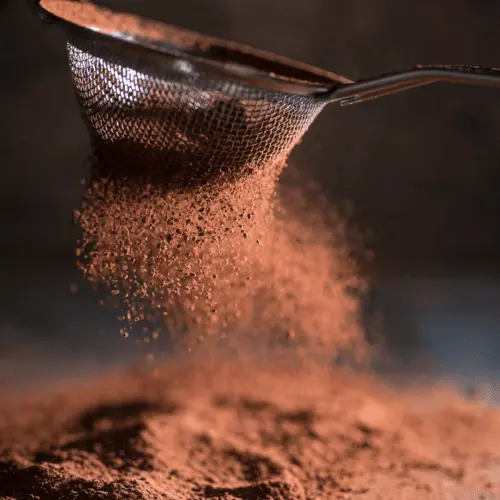
The next step is sifting, which involves removing any large particles or impurities from the ground coffee flour. This process results in a smooth and uniform texture, further adding to the burstiness of this innovative element production process.
Packaging
Lastly, the coffee flour is packaged and shipped to retailers, chefs, and food manufacturers worldwide. The packaging stage ensures that it remains fresh and ready to use, preserving its unique flavor and nutritional value.
Overall, the production of the flour not only reduces waste but also supports local coffee farmers by creating an additional source of income from the byproducts of their coffee production. The resulting product is a versatile and sustainable ingredient that can add a unique flavor and nutritional value to any dish, creating a bursty experience for culinary enthusiasts.
Nutritional Value and Health Benefits of Coffee Flour
This extraordinary ingredient is jam-packed with a plethora of nutrients that offer an array of health benefits. Its composition is fascinating, and we delve into some of its key nutritional components and health benefits below: (2), (3)
Antioxidants
The powerful antioxidants found in coffee flour are essential for safeguarding the body from detrimental damage caused by free radicals. The intricate chemical compounds of this ingredient are highly effective in combating oxidative stress.
Fiber
The fiber content in coffee flour is incredibly high. With 2 grams of fiber per tablespoon, it’s an ideal ingredient for promoting digestive health and regulating blood sugar levels. The intricate composition of this element’s fibers is crucial for the overall function of the digestive system.
Protein
This component is also an excellent source of protein, with a staggering 1 gram of protein per tablespoon. The complex amino acids present in it are essential for building and repairing tissues within the body, making it a highly nutritious ingredient for any diet.
Gluten-Free
Naturally gluten-free, coffee flour is a viable option for those with gluten sensitivities or celiac disease. The absence of gluten in it makes it an attractive alternative to conventional flours.
Curious to know more about coffee and gluten? Check out our article: Is Coffee Gluten Free?
Low-Carb
Coffee flour is a low-carb ingredient, containing only 1 gram of carbohydrates per tablespoon. This aspect makes it an excellent option for individuals who follow a low-carbohydrate or ketogenic diet.
Health Benefits
Studies indicate that this flour may provide various health benefits, such as reducing inflammation, enhancing gut health, and lowering the risk of chronic illnesses, including heart disease and diabetes. However, further research is required to validate these findings fully.

Overall, the complex and intricate nutritional composition of this eccentric ingredient makes it an ideal alternative to conventional flours. Incorporating this unique constituent into your diet not only provides you with a range of health benefits but also contributes to the well-being of our planet.
Using Coffee Flour in Cooking and Baking
Coffee flour possesses a truly exceptional and intricate flavor profile that is a sight to behold. The multifaceted nature of its flavor profile enables it to be utilized in a plethora of culinary applications, resulting in an exquisite taste that is simply unmatched.
Baked Goods
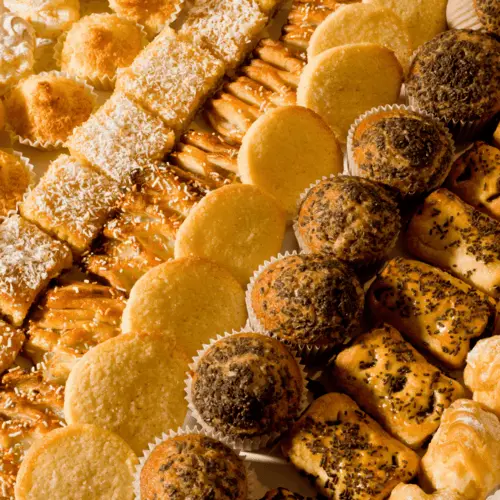
One of the primary culinary applications of the flour is in the realm of baked goods. This versatile ingredient can be seamlessly incorporated into a variety of baked goods, including bread, cakes, muffins, and cookies. The unique flavor of this ingredient meshes splendidly with other ingredients, culminating in a mouth-watering taste that exhibits a subtle hint of coffee.
Pancakes and Waffles

Another innovative use for this ingredient is as a substitute for regular flour in pancake and waffle batters. Doing so will add a heightened level of flavor to these classic breakfast dishes. The slightly nutty and sweet taste of this special component artfully complements the fluffy texture of pancakes and waffles, resulting in a flavor profile that is sure to delight.
Sauces and Marinades

Coffee flour can also be utilized as a flavor enhancer in sauces and marinades for meats and vegetables. Its rich, intense, and nutty flavor imparts a unique depth to any sauce or marinade, making it an ideal choice for those seeking a culinary adventure.
Rubs and Spices
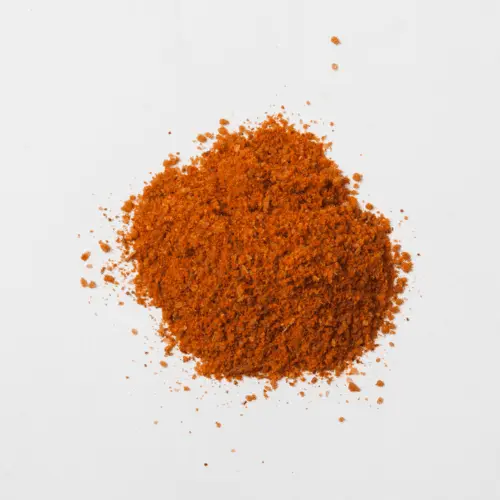
Finally, coffee flour can also be used as a rub or spice to add flavor to meats, fish, and vegetables. Its subtle and earthy flavor is perfect for providing a distinct touch to grilled or roasted meats and vegetables, making it an ideal choice for the discerning palate.
Coffee Flour Recipes to Try Out
When it comes to this distinctive ingredient, the possibilities are endless. Here are some delectable recipes you can create with this unique ingredient:
- Banana Bread
- Chocolate Cake
- Muffins
- Pancakes
- Waffles
- Bread
For those who want to try making coffee flour banana bread, here’s a recipe you can follow:
Ingredients:
- 2 mashed ripe bananas
- 1/2 cup sugar
- 1 cup coffee flour
- 1/2 cup vegetable oil
- 2 eggs
- 1 tsp vanilla extract
- 1 tsp baking soda
- 1/2 tsp salt
Directions:
- Preheat your oven to 350° Fahrenheit.
- In a large bowl, combine the sugar, mashed bananas, vegetable oil, vanilla extract and eggs.
- In another bowl, combine the salt, coffee flour and baking soda.
- Add the dry ingredients to the wet ingredients and stir until they’re just combined.
- Pour the batter into a greased pan and bake for up to 45-50 minutes or until an inserted toothpick inserted into the center comes out clean.
- Let the baked bread cool for 10-15 minutes before slicing and serving.
Tips and Tricks for Baking with Coffee Flour
If you’re looking to incorporate coffee flour into your baking, here are some useful tips to keep in mind:
- Use coffee flour in moderation since it has a robust flavor that can dominate other ingredients in your recipe.
- this innovative ingredient can absorb more liquid than traditional flours, so it’s important to adjust the liquid ratio accordingly in your recipe.
- Sifting the flour before using it can help ensure that your baked goods have a smooth and even texture. furthermore, this ingredient can be quite dense and clumpy, so sifting it can remove any lumps and help it mix more evenly with other ingredients.
- Mixing the flour with other gluten-free flours can help balance out its strong flavor and texture. furthermore, it can also be used as a breading for meats or as a thickening agent in soups and stews.
- The intense flavor of this particular ingredient can add a unique depth to savory dishes, so don’t be afraid to experiment with using it in different ways.
By following these tips and tricks, you can make the most of coffee flour’s unique flavor and versatility in your culinary creations. Happy baking!
Coffee Flour and Sustainability
This palatable and nutrient-rich ingredient is also an environmentally sustainable one. In this exposition, we will delve into the manifold advantages of using coffee flour, the indispensable significance of upholding sustainable food systems, and companies that incorporate this distinctive component while championing sustainability.
Environmental Benefits of Using Coffee Flour
Employing the flour provides a host of ecological benefits, which include: (4)
- Curbing food wastage: this particular constituent is manufactured from discarded coffee cherry pulp, which is typically discarded in the coffee production process. By converting the pulp to flour, coffee cultivators can curtail food wastage and establish an additional revenue stream.
- Conserving water: Coffee cultivation necessitates substantial water consumption. By utilizing the pulp to produce flour, less water is required to wash away the pulp, thereby reducing water consumption.
- Mitigating greenhouse gas emissions: This distinctive component’s production through recycling coffee waste can diminish greenhouse gas emissions linked to conventional waste disposal mechanisms.
Companies that Make Coffee Flour and Champion Sustainability
Several companies incorporate this unique constituent while promoting sustainability, some of which are:
J. Glover Mills Coffee Flour
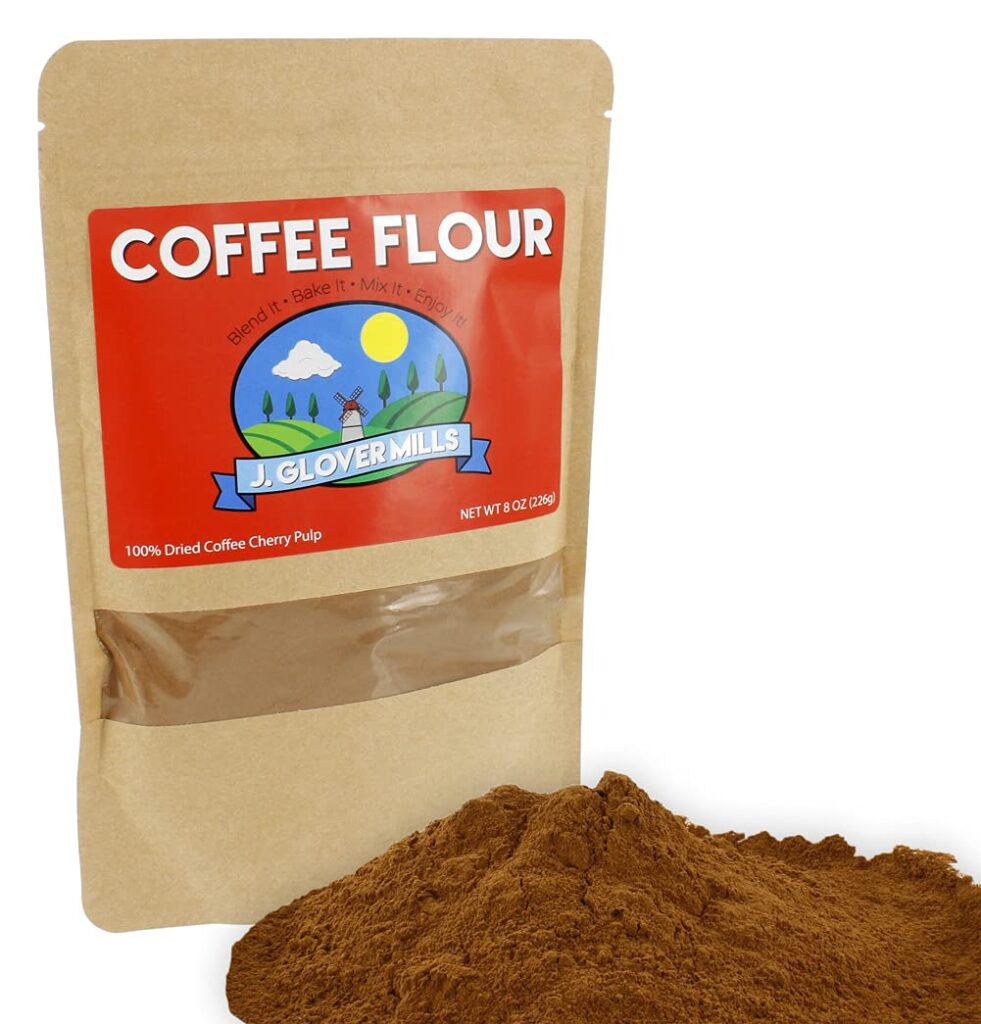
J. Glover Mills is a renowned producer of coffee flour. The company employs a proprietary process that ensures the retention of the coffee bean’s flavor and nutritional content. If you want to purchase it, you can find it directly on their website or through select retailers.
Black Baza Coffee Co
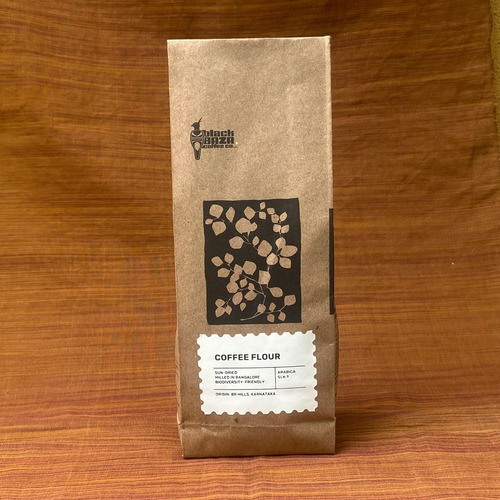
Another notable player in this distinctive constituent production industry is Black Baza Coffee Co, a producer that prioritizes ethical and sustainable sourcing practices. Their coffee flour is made from premium coffee beans grown using regenerative agriculture techniques. Black Baza Coffee Co offers direct sales of their product through their website.
GroundUp
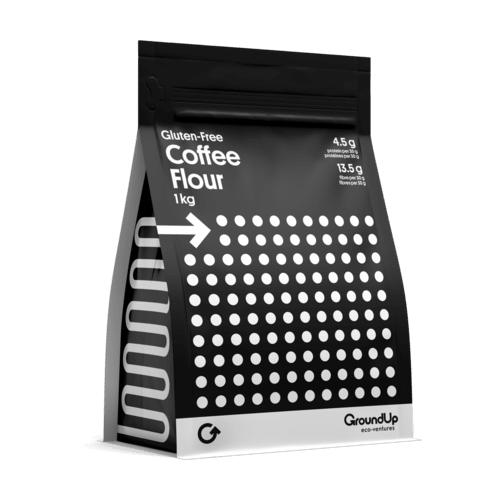
For those who prefer a wider selection of brands and types, GroundUp is an excellent online retailer to check out. GroundUp offers both conventional and organic coffee flours in various sizes and quantities. Moreover, they also offer free shipping for orders exceeding a certain amount. GroundUp makes it convenient and easy to explore and purchase different options.
By selecting products from companies that uphold sustainability, consumers can help establish a more sustainable and equitable food system. Coffee flour, with its numerous environmental and nutritional advantages and its waste-reducing properties in the coffee industry, is an exemplar of a sustainable ingredient.
Coffee Flour vs Other Alternative Flours: A Comparative Analysis
This type of flour is one among several alternative flours available in the market. In this section, we will compare it to other popular alternative flours, such as wheat flour, almond flour, and coconut flour.
Coffee Flour vs Wheat Flour
Wheat flour is the most widely used flour in baking and cooking. Here are some distinctions between coffee flour and wheat flour:
- Nutritional value: Coffee flour surpasses wheat flour in fiber and protein content, making it a more nutrient-dense option.
- Gluten-free: it is also free of gluten, making it a viable choice for those with celiac disease or gluten intolerance.
- Flavor: it boasts a unique, slightly bitter flavor, while wheat flour has a more neutral taste.
- Texture: It also possesses a somewhat gritty texture, while wheat flour has a smooth and uniform texture.
Coffee Flour vs Almond Flour
Almond flour is a prevalent gluten-free and low-carb alternative to wheat flour. Here are some differences between coffee flour and almond flour:
- Nutritional value: Coffee flour has higher protein and fiber content than almond flour, making it a more nutrient-dense option.
- Flavor: It also features a distinct, slightly bitter flavor, while almond flour has a nutty and slightly sweet flavor.
- Texture: Coffee flour has a somewhat gritty texture, while almond flour has a smooth and fine texture.
- Cost: Almond flour is typically pricier.
Coffee Flour vs Coconut Flour
Coconut flour is another popular gluten-free and low-carb alternative to wheat flour. Here are some differences between coffee flour and coconut flour:
- Nutritional value: Coffee flour has a higher protein and fiber content than coconut flour, making it a more nutrient-dense option.
- Flavor: This special ingredient also boasts a unique, slightly bitter flavor, while coconut flour has a sweet and nutty flavor.
- Texture: Coffee flour has a somewhat gritty texture, while coconut flour has a fine texture.
- Liquid absorption: Coconut flour necessitates more liquid; making it more challenging to use in recipes that require traditional flour.
In summary, This peculiar ingredient provides a distinctive flavor and nutritional profile compared to other alternative flours. Although it may exhibit a slightly different texture and entail some recipe adjustments, it can be an excellent option for those seeking a gluten-free and nutrient-dense alternative to traditional flour.
Where to Buy Coffee Flour and What to Look for
This particular constituent can be somewhat challenging in stores, but several online and in-store retailers offer it. In this section, we will delve into where to purchase it, what to consider when buying it, and the pricing and availability of the flour.
Online and In-Store Retailers
This innovative ingredient can be purchased online or at select health food stores. Here are some popular online and in-store retailers that offer coffee flour:
- Amazon
- Thrive Market
- Whole Foods Market
- Sprouts Farmers Market
- Specialty health food stores
How to Choose High-Quality Flour
When purchasing this ingredient, it’s crucial to select a high-quality product. Here are some things to consider:
- Organic certification: look for the organic certification to ensure that the constituent was cultivated and processed without harmful chemicals.
- Source: Choose flour that originates from reputable coffee farms.
- Roasting: Look for flour that has been lightly roasted to preserve its nutritional content.
- Texture: Select flour that has a fine texture and is devoid of lumps.
Pricing
The pricing and availability of this flour can vary based on the brand and retailer. Generally, it can cost between $10 to $20 per pound. Although it may be pricier than traditional flour, its distinctive flavor and nutritional profile make it a valuable investment for many consumers.
In conclusion, this unique component offers a unique taste and nutritional composition compared to other alternative flours. With this purchasing guide, consumers can discover where to find high-quality coffee flour, what to look for when buying it, and the pricing and availability of this exceptional ingredient.
Conclusion
Coffee flour is a versatile and sustainable ingredient that offers a distinctive flavor and a vast range of nutritional benefits. Whether you’re seeking a gluten-free alternative to traditional flour or want to diversify your cooking and baking, this unrepeatable constituent is undoubtedly worth a try.
In this guide, we’ve covered all you need to know about this distinctive element, including its definition and history, production process, nutritional value, and health benefits. We’ve also explored various ways to use this ingredient in cooking and baking, provided baking tips and tricks, and compared it to other popular alternative flours.
Moreover, we’ve discussed the environmental advantages of using coffee flour and the significance of supporting sustainable food systems. We’ve also shared details on where to purchase it and what to look for when buying it.
Overall, coffee flour is a nutrient-dense and sustainable ingredient that can impart a unique and delightful flavor to your favorite dishes. We hope this guide has inspired you to try this special constituent and experiment with new recipes in your kitchen.
FAQ
How Do You Use Coffee Flour in Baking?
When utilizing coffee flour in baking, it's crucial to note its distinctive texture and flavor. This innovative element can be incorporated into a plethora of baking recipes, such as cakes, cookies, muffins, and bread. To prevent the overpowering of your dish's flavor, commence with a small amount of this ingredient, gradually increasing the quantity to your preference. It's also possible that you may need to adjust the liquid and leavening agents in your recipe for a better texture.
Is Coffee Flour Sustainable?
Coffee flour is, without a doubt, a sustainable ingredient since it is derived from the pulp and skin of coffee cherries that would typically be discarded during the coffee production process. By utilizing this unique ingredient, companies can curtail waste and establish a more sustainable food system.
Where Can I Buy Coffee Flour?
Coffee flour is available for purchase online or at selected health food stores. Amazon and Thrive Market are among the online retailers that provide an extensive selection of coffee flour that can be conveniently shipped to your doorstep. Specialized health food stores may also have it in-store, so it's worthwhile to verify if your local retailer carries it.
Can Coffee Flour Be Used as a Substitute for Regular Flour?
While coffee flour can be utilized as a substitute for regular flour in many recipes, it's critical to keep in mind that its distinct flavor and texture may not be suitable for all types of dishes.
